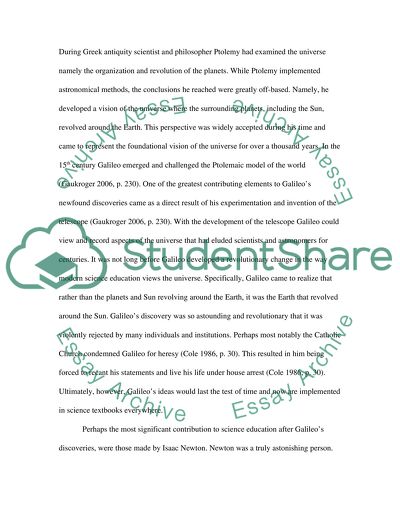Cite this document
(“Science Education Research Paper Example | Topics and Well Written Essays - 1750 words”, n.d.)
Retrieved from https://studentshare.org/education/1451736-albert-einstein-and-the-use-of-his-biography-to
Retrieved from https://studentshare.org/education/1451736-albert-einstein-and-the-use-of-his-biography-to
(Science Education Research Paper Example | Topics and Well Written Essays - 1750 Words)
https://studentshare.org/education/1451736-albert-einstein-and-the-use-of-his-biography-to.
https://studentshare.org/education/1451736-albert-einstein-and-the-use-of-his-biography-to.
“Science Education Research Paper Example | Topics and Well Written Essays - 1750 Words”, n.d. https://studentshare.org/education/1451736-albert-einstein-and-the-use-of-his-biography-to.


